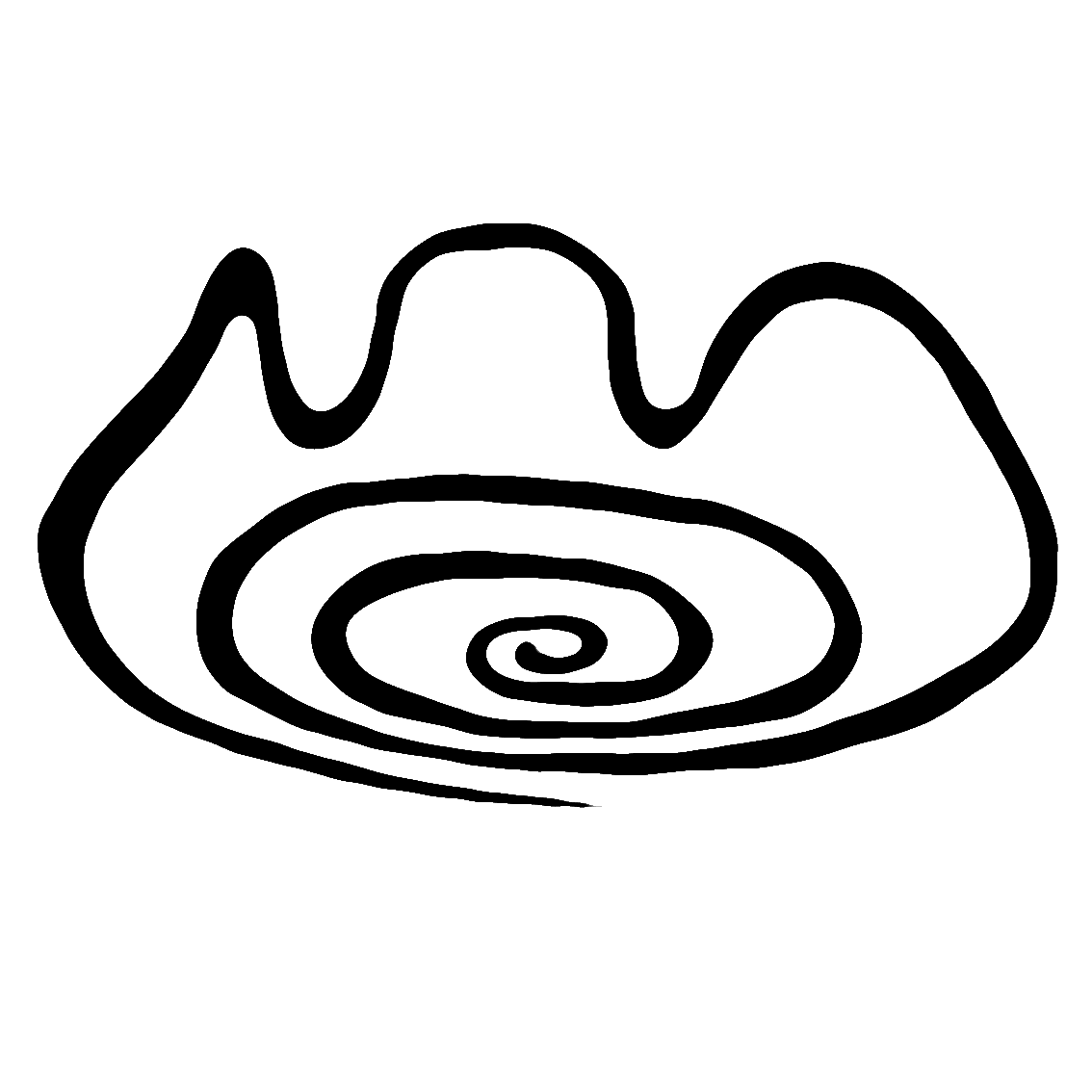Who was the Trojans?
- Finn Olav

- Jan 29, 2019
- 4 min read
Updated: Jan 30, 2019
And who attacked them?

Was there a Trojan - Bell Beaker connection?
In earlier blog posts I have argued that the events described in Homer’s writings have its origins in Northern Europe rather than in Greece, Turkey and the Mediterranean. The location of the city of Troy I believe was as Theophile Calleux and Iman Wilkens claims, located outside Cambridge in England. The time of the events, astrologist Morten Alexander Joramo told me was between 3000 BC and 2500 BC. From what I see that other Astrologists suggests, the astrological events Joramo uses to date this, should have occurred between 2150 BC and 1875 BC.
Bell Beakers
This time period is at the end of the Neolithic Period and at the beginning of the Bronze Age. More precisely, this period in Western Europe is the Bell Beaker period. Scholars don't seem to be able to agree whether the Bell Beaker culture was a fashion of technology or a group of people. I believe it was a little of both. 4000 years into the future people might refer to today's culture as the iOs culture and the Android culture in the same way.
It seems that the markers and objects associated with the Bell Beaker culture are found more frequently along trading and travelling routes. It also seems that the people believed to be Bell Beakers travelled a lot and mixed with people from a larger geographical area more frequently than what was normal among others.
The typical objects associated with the Bell Beakers are the bell-shaped, clay drinking cups and pottery vessels. Some of those vessels have been used for melting and mixing of copper, other for containing food and some are even used to contain the ashes from human remains. But there is also a strong belief that these vessels were primarily used to contain alcoholic substances like beer and mead.
The Bell Beakers expanded very rapidly, then after a couple of centuries, the culture or style disappeared. This makes some argue that it might have been a smaller elite of people carrying the knowledge and technology of the Bell Beaker package and that those people suddenly became scattered for some reason. Could that reason have been a massive war?
Then comes the question, was there wars being fought at this scale in this period? Or was people living in peace and harmony? Was society organized in such a way that it made the gathering of so many warriors possible? This article about a site in Germany shows that it was.
On this battlefield they estimates that at last 4000 warriors clashed together, in a war that no one have found any written documentation about. This was one of the only things Achilles was afraid of. Dying in a war that no one would remember.
This battlefield is dated to 1250 BC, that's a little more than 1000 years later than Mortens dating of the events using astrology. But I don't think society and warfare had changed much in this period. I am certain that a battlefield after The Trojan War would have looked quite match the same.
The scale of the defence structures outside Cambridge in England tells me that it's more than neighbours quarrelling that has taken place there too. Here is a link to an article about those ancient defence lines. It is those defence structures that led Théophile Cailleux (1816–1890) and Iman Wilkens (1936 - ) to the fact that this lokation in England is a much better candidate for the true location of Troy.
As you can see from this article that DNA samples seem to suggest that the British islands were hit by a huge wave of people from the continent. It seems that those people squeezed the earlier local Neolithic population out. This I think supports the theory of a Troy in England. Her is yet another post from an archaeological site at Must Farm, described as the Pompey of England. It was a small settlement situated outside Cambridge. Not far from where we believe Troy Ones was. This settlement was inhabited at the time that allegedly should have been after the war of Troy. The settlement seems to have a building style that you can't find elsewhere in the British Islands but that was more common in Mainland Europe in this period. I believe this settlement might have been established as a trading post for shipping out valuable items after the war and in an occupation period afterwards.

This artefact The Nebra Sky Disc found in central Germany in 1999 is made from copper from Austria but the tin and the gold originates from Cornwall in England. It is dated to approx 1600 BC. Could this raw materials, gold and tin have originated there as war treasures brought home after a certain war couple hundred years earlier?
As I see it, more and more pieces of the puzzle fall in place every day, making the support for a Troy in Turkey weaker and more unlikely. This modern-day war for the location of Troy seems to be turning in favour of the Odyssey Borealis theory and a Northern location. But I don't dear to call it a victory yet. Because it is still too many Dobermans out there as Graham Hancock calls the most conservative scholars in the field of ancient studies. I call them dinosaurs. They should have been extinct aeons ago. Luckily its just a few of the species left, and they are most likely to be found in a few museums and universities.
In the next blog post, I believe I'll take a closer look at the horse. The Trojan Horse to be more precise.








Comments